Purple Hebe: The Easycare Shrub That Will Add Color To Your Garden
Introduction
If you're looking for an easy-care shrub that will add a splash of color to your garden, look no further than purple hebe. These versatile shrubs are native to New Zealand and come in a wide variety of colors, including purple, blue, pink, and white. They're also relatively pest- and disease-resistant, making them a low-maintenance choice for any gardener.
In this blog post, we'll take a closer look at purple hebe, including its history, care requirements, and benefits. We'll also provide some tips on how to choose the right variety for your garden.
History of Purple Hebe
The genus Hebe is named after the Greek goddess of youth, and it's easy to see why. These shrubs are known for their long lifespans, with some varieties living for over 100 years. Purple hebe is thought to have originated in New Zealand, where it grows wild in the mountains and coastal areas.
Care Requirements
Purple hebe is a relatively easy-care shrub, but there are a few things you need to keep in mind to ensure it thrives. These shrubs prefer full sun, but they can also tolerate partial shade. They're also adaptable to a variety of soil types, as long as the soil is well-drained.
Purple hebe is not a heavy feeder, so you only need to fertilize it once a year in the spring. Watering is also important, but these shrubs don't like to sit in wet soil. Water them deeply once a week during the summer, and less often during the winter.
Benefits of Purple Hebe
In addition to being easy to care for, purple hebe also has a number of benefits. These shrubs are drought-tolerant, so they're a good choice for areas with hot, dry summers. They're also relatively pest- and disease-resistant, which means you'll spend less time on maintenance.
Purple hebe is also a good choice for attracting pollinators to your garden. The flowers are a favorite of bees, butterflies, and hummingbirds.
Choosing the Right Variety
There are many different varieties of purple hebe to choose from, so it's important to do your research to find the right one for your garden. Some factors to consider include the size of the shrub, the color of the flowers, and the hardiness zone.
If you're looking for a small shrub, the 'Little Gem' variety is a good option. It only grows to about 1 foot tall and wide, and it has beautiful purple flowers. For a larger shrub, the 'Hohroa' variety is a good choice. It can grow up to 6 feet tall and wide, and it has lavender-colored flowers.
Conclusion
Purple hebe is a beautiful and easy-care shrub that can add a splash of color to any garden. With its drought-tolerance, pest-resistance, and pollinator-friendliness, purple hebe is a great choice for gardeners of all skill levels.
Purple hebe is a beautiful and easy-to-grow shrub that is perfect for adding color to your garden. It has small, purple flowers that bloom in summer, and its leaves are often tinged with pink or variegated. Purple hebe is low maintenance and drought-tolerant, making it a great choice for even the most inexperienced gardeners.
If you are interested in learning more about purple hebe, I recommend visiting Home Gardening. This website has a wealth of information about purple hebe, including its care requirements, planting instructions, and pest and disease control.
FAQ of purple hebe
- What is purple hebe?
Purple hebe is a type of evergreen shrub that is native to New Zealand. It is characterized by its dark purple flowers, which bloom in spring and summer. Purple hebe is a popular garden plant, and it can also be grown in containers.
- What are the benefits of purple hebe?
Purple hebe is a low-maintenance plant that is easy to care for. It is also drought-tolerant and salt-tolerant, making it a good choice for coastal gardens. Purple hebe is also a deer-resistant plant, which is a plus for gardeners who live in areas with deer populations.
- What are the best conditions for growing purple hebe?
Purple hebe prefers full sun and well-drained soil. It is a hardy plant that can tolerate a wide range of temperatures, but it does best in USDA zones 8-10.
- How to care for purple hebe?
Purple hebe is a low-maintenance plant, but it does require some basic care. Water it regularly during the growing season, but allow the soil to dry out between waterings. Fertilize it once a year in spring with a balanced fertilizer. Prune it in late winter or early spring to remove dead or damaged branches.
- What are some common problems with purple hebe?
The most common problems with purple hebe are powdery mildew and root rot. Powdery mildew is a fungal disease that can cause white spots on the leaves. Root rot is a fungal disease that can cause the roots to decay. Both of these problems can be treated with fungicides.
- How to propagate purple hebe?
Purple hebe can be propagated by cuttings or by division. Cuttings are taken in spring or summer from healthy, non-flowering stems. Division is done in spring or fall by carefully digging up the plant and dividing it into several smaller plants.
Image of purple hebe
- Hebe rakahoensis is a small, compact shrub with dark purple flowers.
- Hebe topiaria is a larger shrub with deep purple flowers.
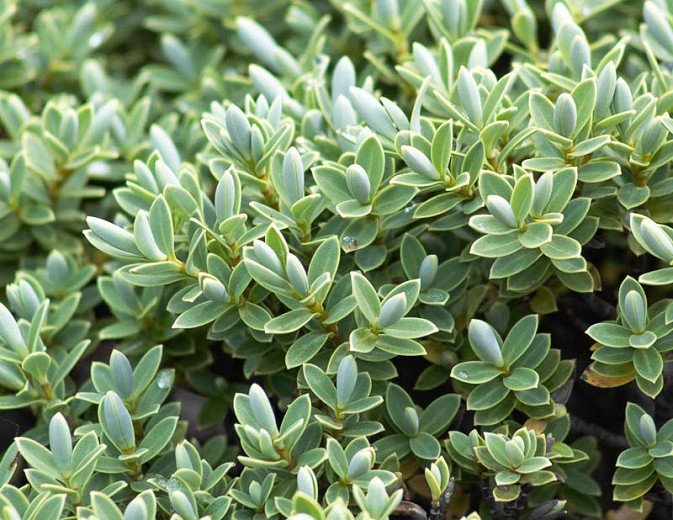
- Hebe pinguifolia is a spreading shrub with lavender-purple flowers.

- Hebe stricta is a tall, narrow shrub with deep purple flowers.
- Hebe cupressoides is a small, columnar shrub with purple flowers.
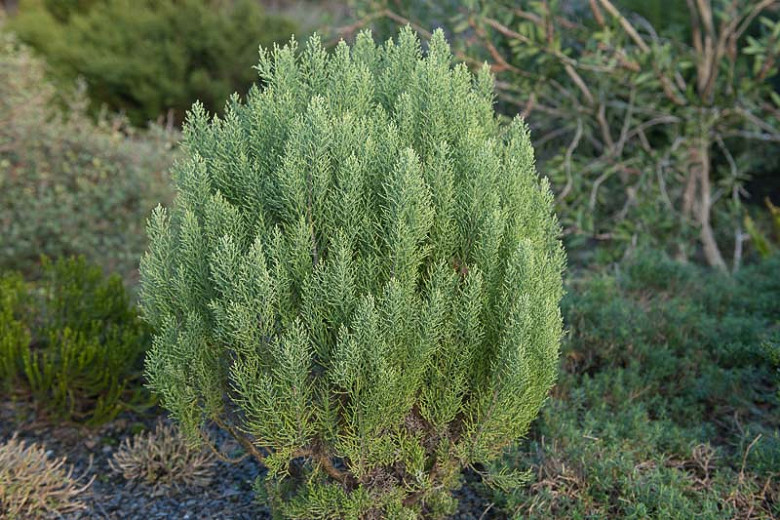
- Hebe salicifolia is a small, weeping shrub with lavender-purple flowers.
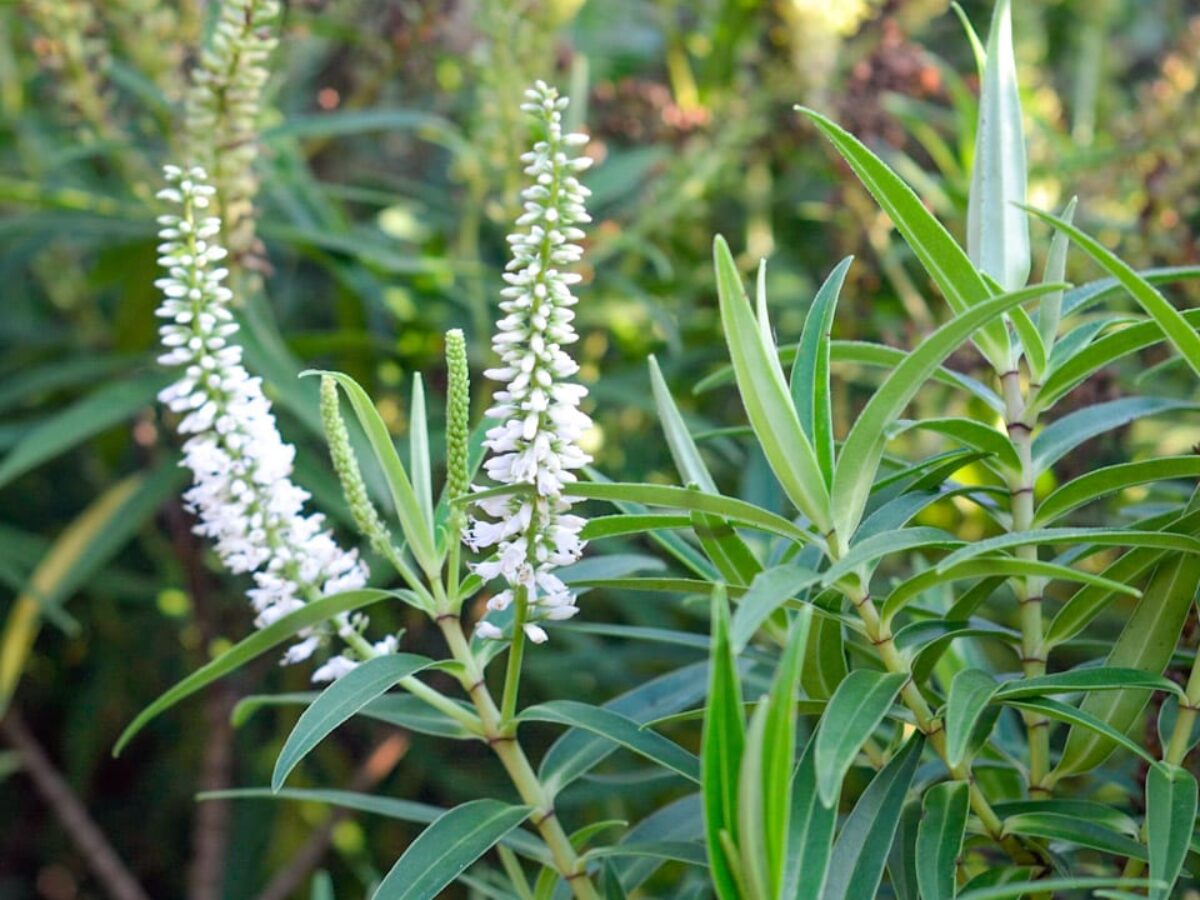
- Hebe albicans is a small, spreading shrub with white flowers that turn purple as they age.

- Hebe macrantha is a large shrub with deep purple flowers.
- Hebe pimeleoides is a small, spreading shrub with lavender-purple flowers.

- Hebe speciosa is a large shrub with deep purple flowers.
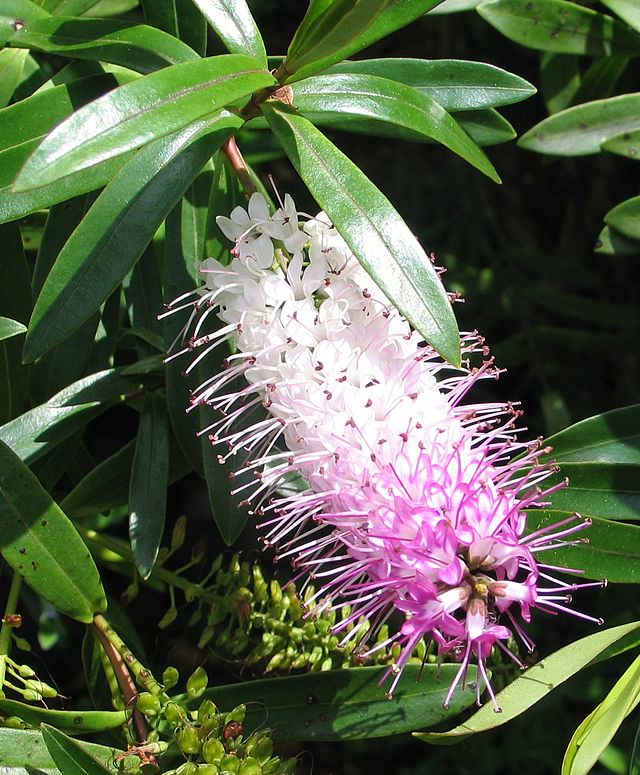

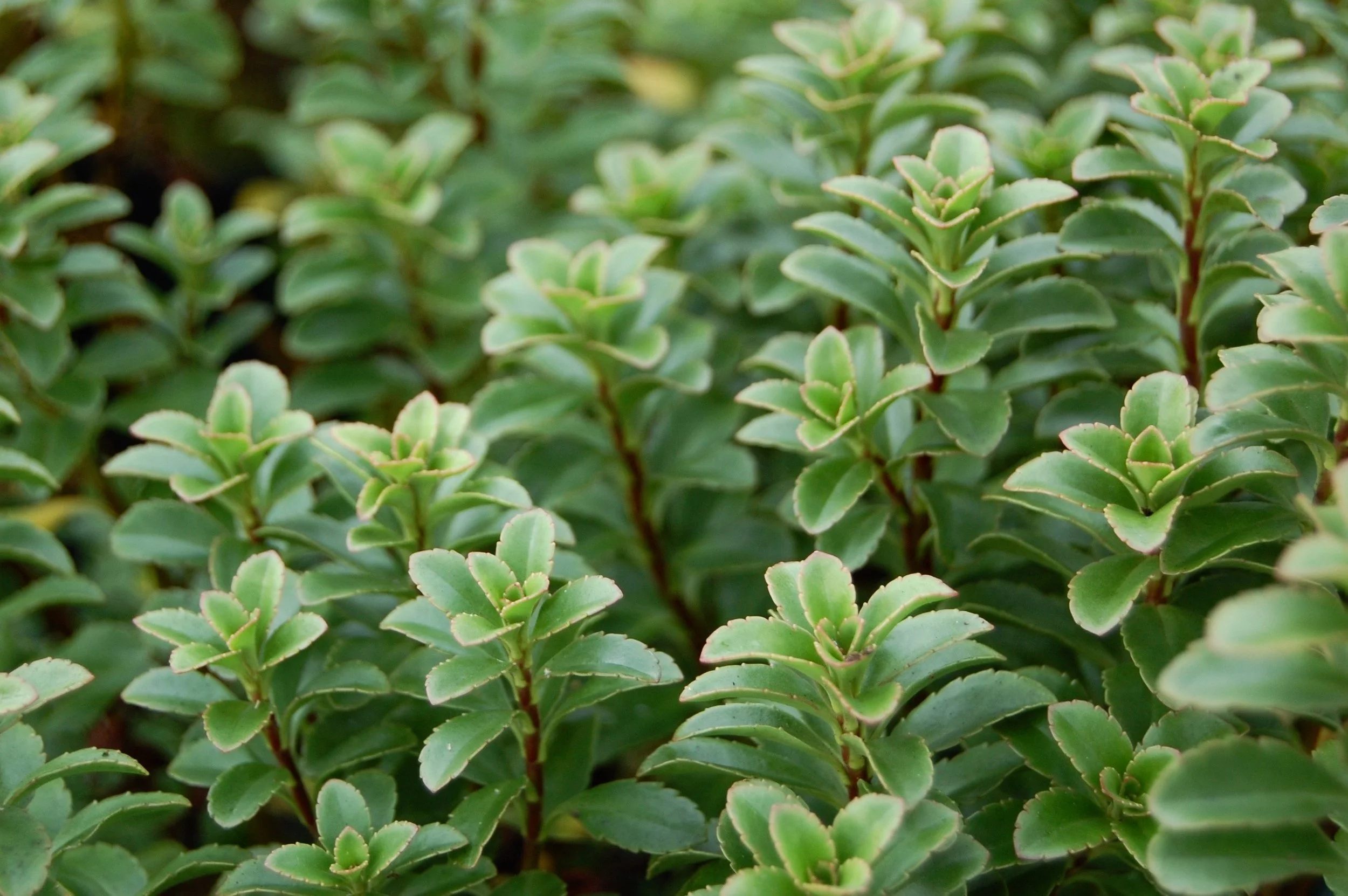
Post a Comment for "Purple Hebe: The Easycare Shrub That Will Add Color To Your Garden"